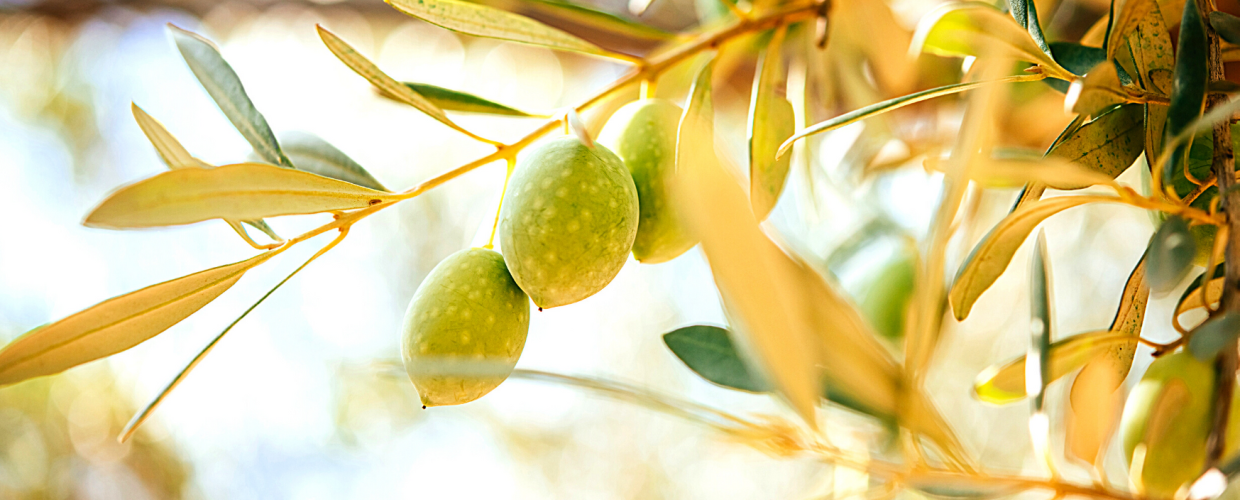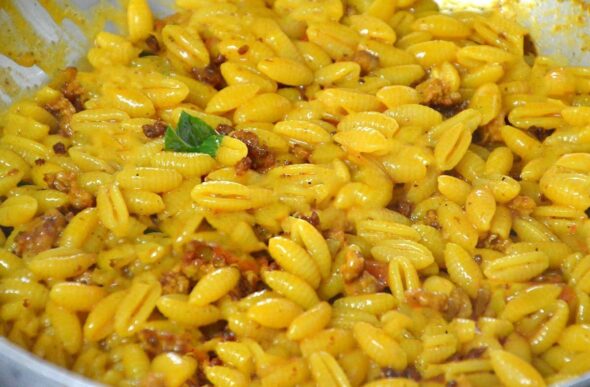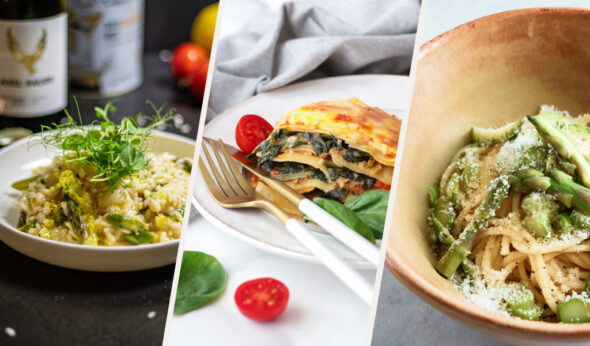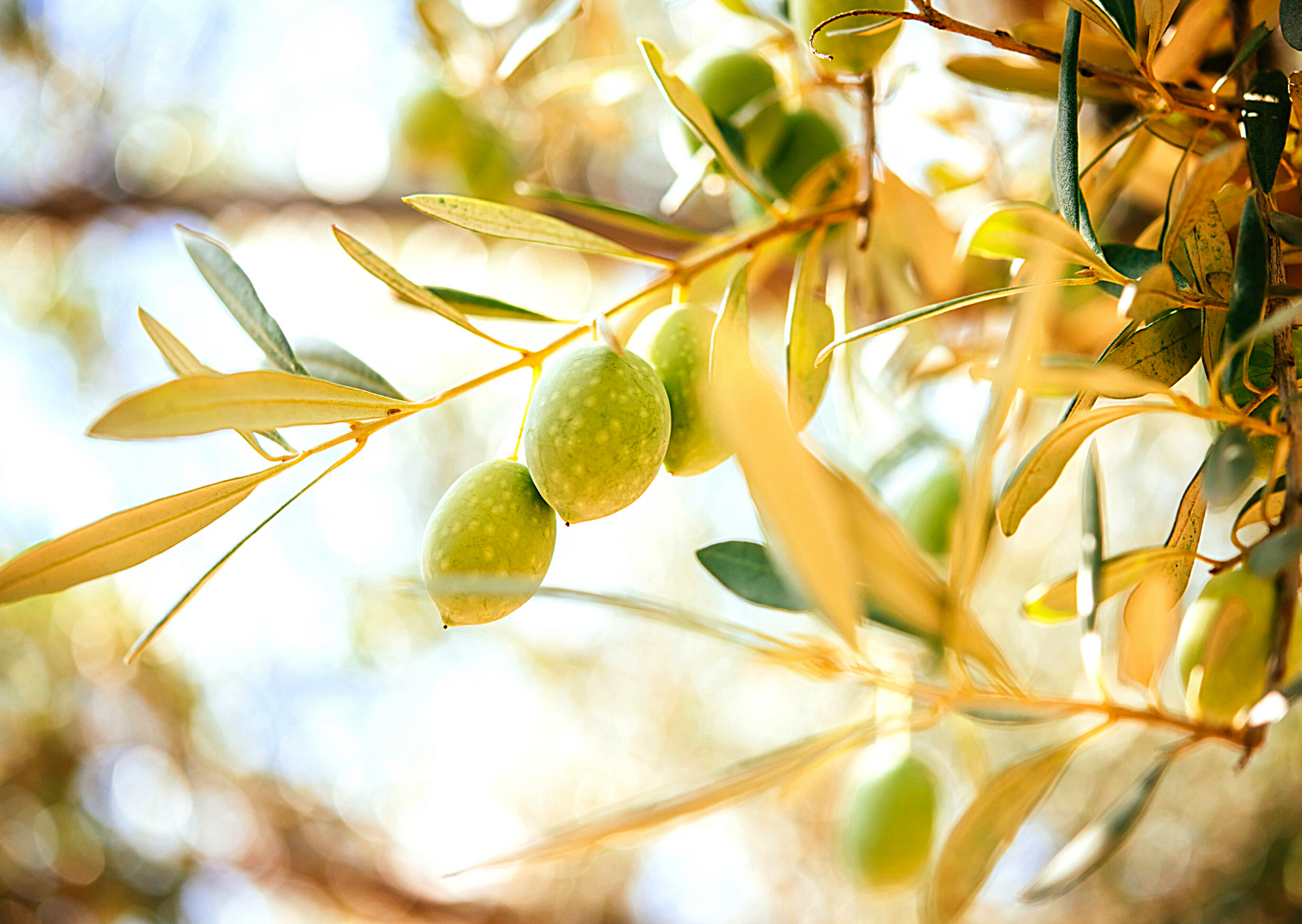
Traditionally, olives are cured in a brine, or a solution of salt and water, to remove their bitterness. Once the olives are cured, you can eat them as a snack or use them as an ingredient in a dish.
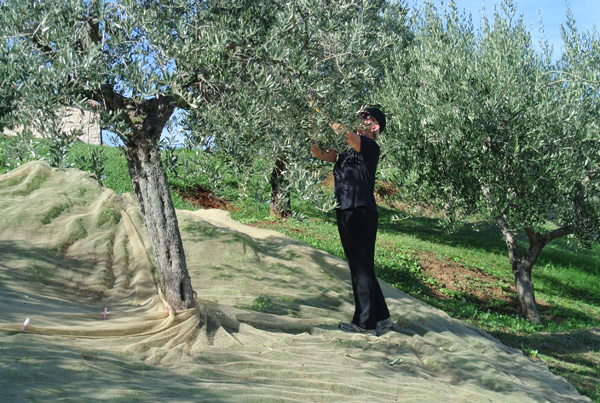 |
In the case of table oils, the fruit must be large and rich in the pulp, while to obtain a sweet and slightly acidic oil, the fruit must not be overly ripe. For oil olives, in fact, the quality of the pressing and the oil yield count. For this reason, many believe that the best time for harvesting is when the veraison, that is, the change in colour of the fruit from green to purple and then black, is 50-60%.
In fact, it is at this time that there is the greatest quantitative concentration of oil and phenolic substances that give the oil its organoleptic and nutritional qualities. Another feature to which particular attention must be paid is the collection method. The main manual harvesting techniques are:
- stripping, the real harvest with the hands, ideal for low plants, basically has the advantage of not damaging the olives, avoiding the formation of fermentation processes that quickly raise the acidity values oil;
- beating, which consists in hitting the branches with poles to cause the fruit to fall on special nets, but this way, the branches and fruits can be damaged and is therefore not ideal if you aim to obtain a refined oil
- combing, in which the branches are “combed” with rakes causing the fruit to fall;
- picking, which is nothing more than the harvesting of spontaneously fallen olives, but it is also the worst method because, like all fruits, olives fall when they are excessively ripe and therefore do not produce quality oil.
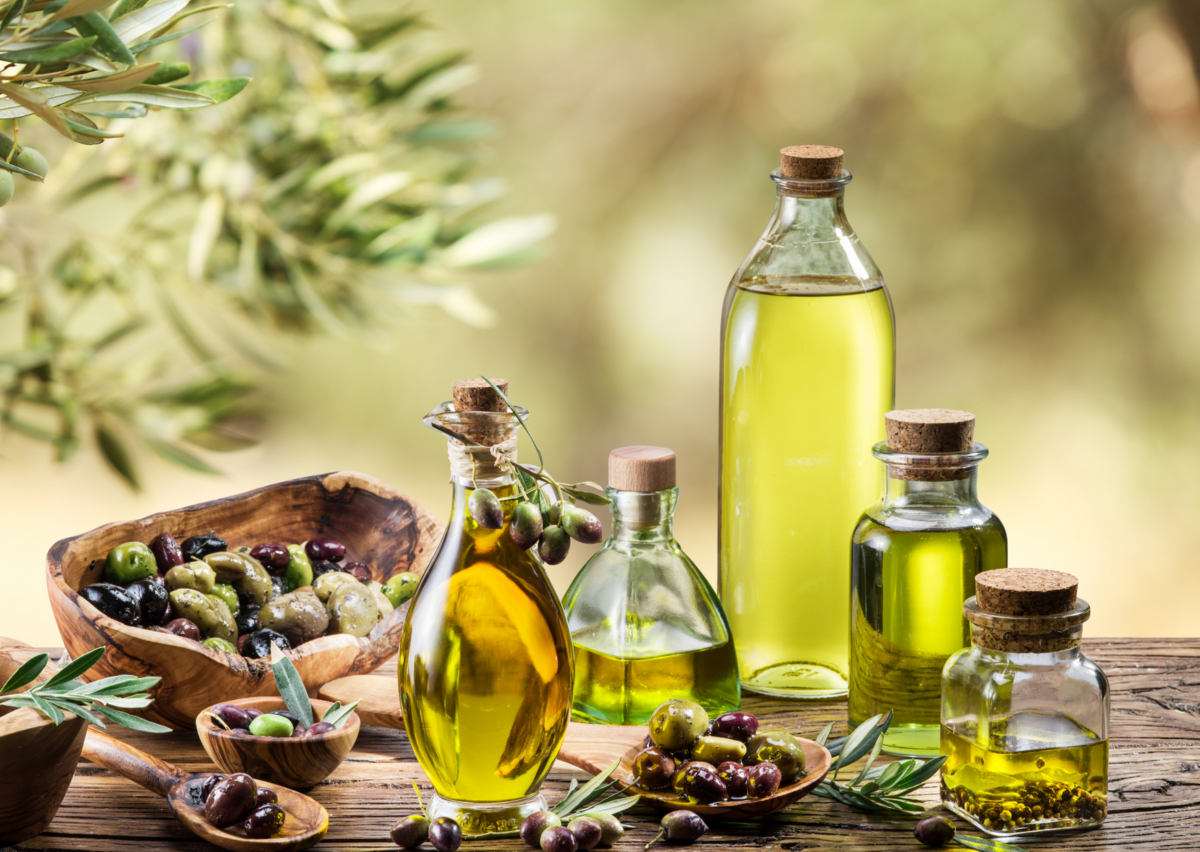 |
In addition, the fruit can rot and be contaminated with mould and bacteria. Mechanical harvesting has a remarkable advantage to save a lot of time, even if you have to be careful not to damage the plants and fruits. At the end of the harvest, the olives are kept for a maximum of 48 hours in well-ventilated baskets and are brought to the mill. When there, they will be pressed to extract the oil.
Extra virgin olive oil is made simply by crushing olives and extracting the juice. It is the only cooking oil that is made without the use of chemicals and industrial refining,
Sometimes the produced oil will be filtered to eliminate remaining solid particles that may reduce the shelf life of the product. Labels may indicate the fact that the oil has not been filtered, suggesting a different taste. Fresh unfiltered olive oil usually has a slightly cloudy appearance and is therefore sometimes called cloudy olive oil.

